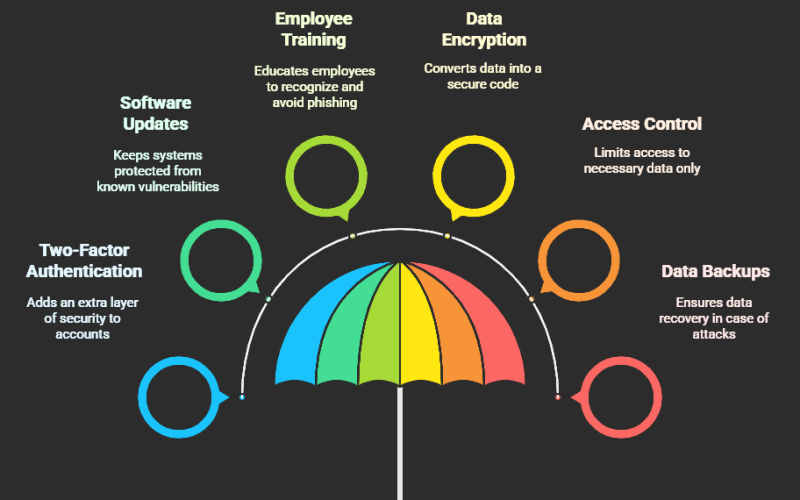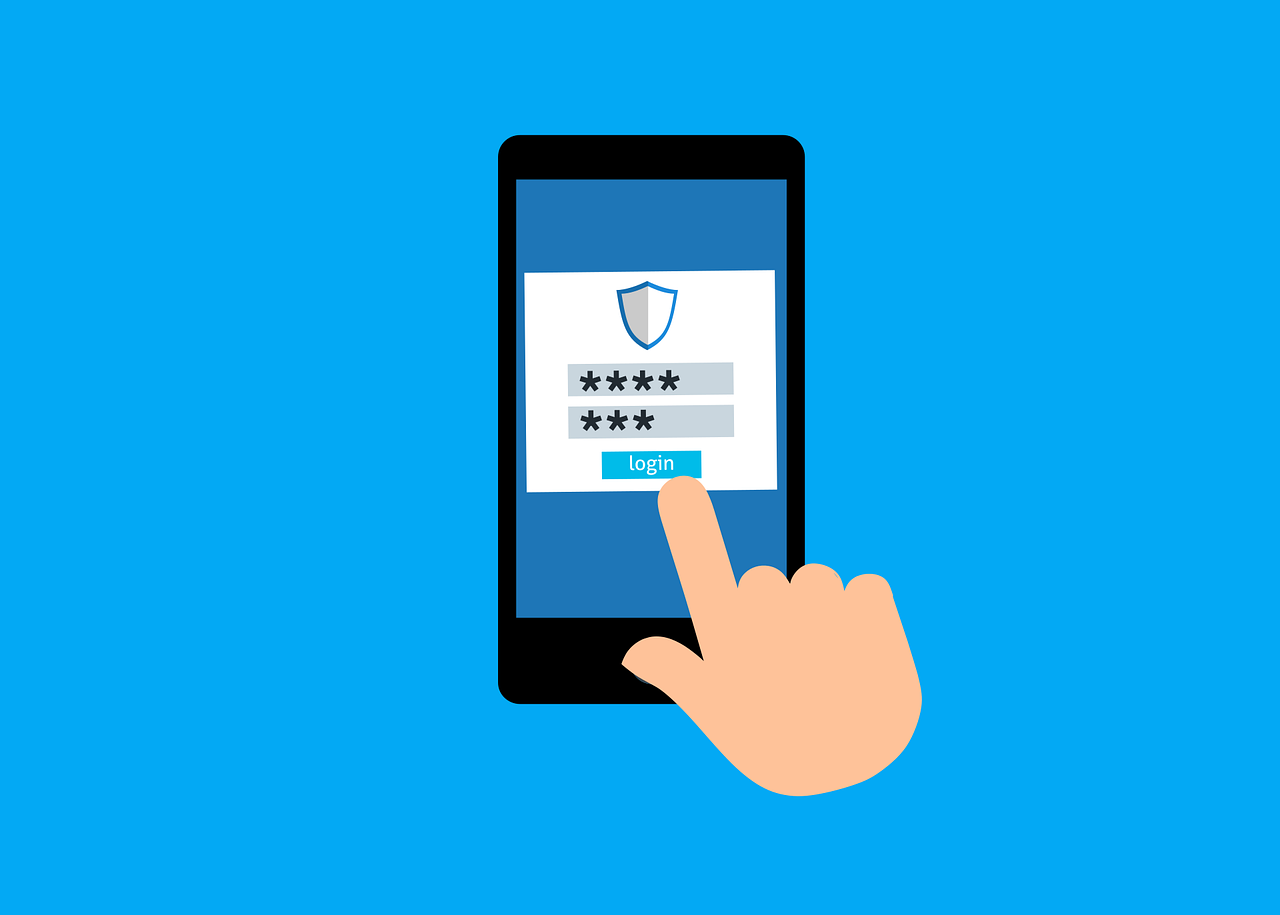
Hackers Hate These 6 SMB Cybersecurity Tricks (And Why They Work)
Small and medium-sized businesses (SMBs) are prime targets for hackers due to limited resources and a “that won’t happen to us” mindset. But you don’t need a Fortune 500 budget to stay secure. Explore six affordable, easy-to-implement cybersecurity strategies that hackers hate—and learn why they’re so effective in 2025.
1. Two-Factor Authentication
Stolen credentials are the top way hackers breach business accounts. Two-factor authentication (2FA) adds a second layer of security, like a text message code, beyond just a password. Even if a hacker cracks your password, they’re stopped cold without that second factor. Platforms like Google Workspace and Microsoft 365 offer 2FA for free.
Yet, only 34% of SMBs use multifactor authentication (MFA), compared to 87% of large companies, per JumpCloud’s 2024 IT Trends Report available on their resources page. Don’t skip this simple, powerful defense—enable 2FA today to lock out intruders.
2. Updates
Outdated software is a hacker’s playground, riddled with unpatched vulnerabilities. Ransomware attacks often exploit flaws in operating systems or apps long after patches are released. Enable automatic updates for all systems, apps, and software to stay secure. Reinforce this with employee awareness training and policies like revoking access until updates are applied.
Learn more about keeping your software secure with tips from CISA’s cybersecurity advisories.
3. Employee Training
Phishing emails trigger over 90% of data breaches, according to CISA. These emails mimic trusted sources—like banks or coworkers—to trick users into clicking malicious links. AI makes them tougher to spot, but regular employee training slashes phishing risks from 32.5% to 5% in just 12 months, per KnowBe4’s 2024 study.
Effective training uses real-world examples, simulated attacks, and short, interactive sessions. Check out CISA’s training resources to get started.
4. Data Encryption
Data encryption scrambles your information into unreadable code, useless to hackers even if intercepted. It’s so critical that most cybersecurity insurance policies mandate it. Tools like Google Workspace and Microsoft 365 make encryption affordable and user-friendly for SMBs.
For deeper insights, explore NIST’s cybersecurity resources to ensure your data stays locked tight.
5. Limit Employee Access
Unrestricted employee access invites chaos—accidental or intentional. Limiting access ensures employees only reach what they need, like keeping payroll data off a marketing intern’s radar. Use role-based permissions and temporary admin access for special projects to maintain smooth workflows without risk.
See how to set this up with advice from CISA’s training resources.
6. Data Backups
Ransomware hits 46% of SMBs, locking data and demanding payment with no guarantee of recovery, per a 2024 report by OpenText Cybersecurity available on their cybersecurity solutions page. Follow the 3-2-1 backup rule: three data copies, two storage types, one off-site (like cloud or disconnected drives). Test backups regularly to avoid corrupted or incomplete restores.
Need help? Check out CISA’s data backup resources for secure, affordable options.
These six strategies—2FA, updates, training, encryption, access limits, and backups—are hacker nightmares and SMB lifesavers. Missing any? Start now to secure your business and gain peace of mind. For more tips, visit CISA’s Cybersecurity Best Practices.






